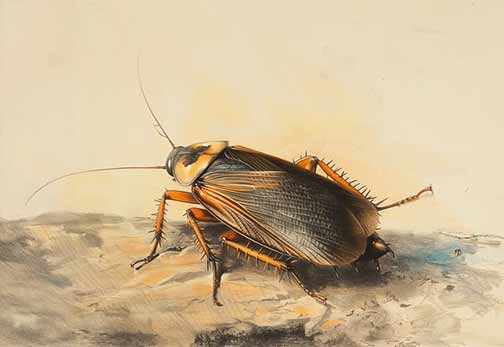
Blocked drains in your home cause several avoidable problems. If a sink or shower drain is blocked, you may have to deal with dirty water collecting inside the receptacle instead of draining away. This can transform simple everyday tasks and activities into ordeals, says Abilene Property Management experts.
In addition to these and other problems, such as bad odors inside your home, blocked drains can also attract pests. If you are finding pests inside your house or in the yard, it could be a sign of blocked drains in your home.
Because they are hidden, drainpipes often provide a safe place for pests. If the pipe is blocked, it makes the drain even more attractive to pests. Why do blocked drains attract pests? What can you do to solve or prevent the problem?
Why pests are attracted to blocked drains
A blocked drain creates the ideal environment for pests to shelter, feed, and breed. Blocked drains have the following characteristics that are beneficial to pests.
Standing water
Pests need a readily available water source to survive and sometimes complete their life cycle. Mosquitoes, for example, need water to breed. But standing water will also attract cockroaches, flies, and other insects.
Food scraps
Without a nearby and abundant food source, pests cannot survive in a location. Blocked drains have a lot of food debris trapped inside them. This decaying organic matter is the perfect food for most pests.
Moisture and humidity
Blocked drains retain moisture and humidity to a greater degree than flowing drains. Flowing drains are intermittently wet, but clogged drains are always wet. This creates the kind of cozy environment that some pests love.
Darkness
Many pests prefer dark or dimly lit spaces to make their nest. Although drainage pipes are usually dark or dimly lit, it is not until they have stagnant water and food debris inside them that they provide a haven for pests.
Nutrient-rich water
If the water inside the drainage pipe contains human waste, it becomes a rich food source for pests like cockroaches and flies. It can also attract larger creatures like rats, mice, or even snakes (that want to feed on the mice).

What kind of pests live in blocked drains?
Cockroaches
Roaches thrive in dank spaces with more shade and access to nearby sources of food. Cockroaches may also use drain openings as entry points into your home.
Drain flies
Also known as sewer flies, filter flies, or moth flies, these small flies are found near drains, sinks, and toilets. They don’t bite but can be a menace. Drain flies breed inside drain lines and places where there is sewage.
Filth flies
As the name suggests, these insects thrive in filthy places like blocked drains with lots of decaying matter inside. Filth flies are the name for groups of different types of small, soft-bodied insects with large eyes, such as houseflies and bottle flies.
Fruit flies
These are a year-round nuisance commonly found in kitchens. They are small insects with a yellowish-brown color. Fruit flies are drawn to sweet, fermented, or decaying fruits and veggies. Blocked drainpipes are among their favorite places.
Mosquitoes
A little-known fact about mosquitoes is they don’t always feed on blood. Only female mosquitoes need blood to mature their eggs. Mosquitoes feed on the algae in standing water and need standing water to breed. That is why they like blocked drains.

How to get rid of pests inside your drains
To stop pests from breeding inside your drains and infesting your home, you must solve the problem from the roots. The main problem is not the pests but the clogs and blockages inside your drains. To get rid of the buildup in your drain line, you need:
Sewer rodding
This procedure uses a series of interconnected flexible rods with a cutting head at the end to remove clogs from your drain line. The sewer rodding process can be manual or automatic, depending on the kind of blockage inside the pipes.
Hydro-jetting
This method employs high-pressure water delivered into the clogged drain. A flexible hose with a stainless steel high-pressure nozzle is inserted into the drain line, and the water is used to blast away the debris inside the pipe, cleaning it thoroughly.
Jetting or rodding your drain lines will remove the debris and pests inside the pipes. However, it will not prevent future problems. To keep your drains flowing and free of nasty pests, you need a preventive drain maintenance plan.
This involves having a competent plumber camera inspect the sewer line once a year and having the entire drainage system cleaned, even if there is no sign of clogging. Cleaning your drains on a schedule instead of when it becomes clogged is the best way to avoid blockages and pest infestation.

